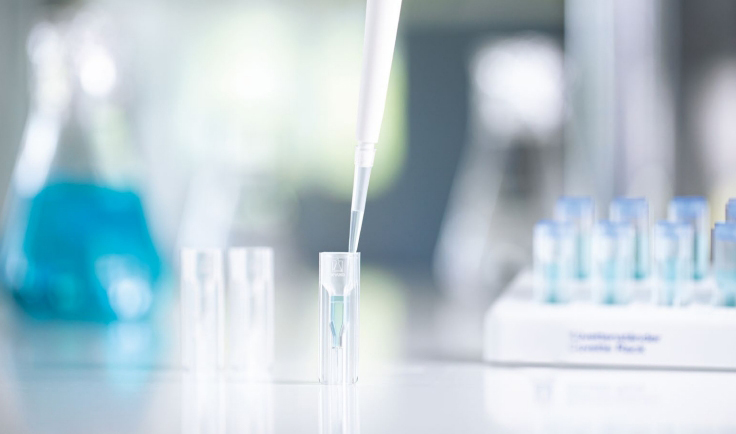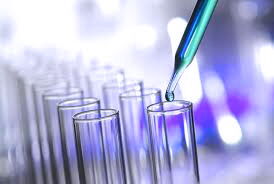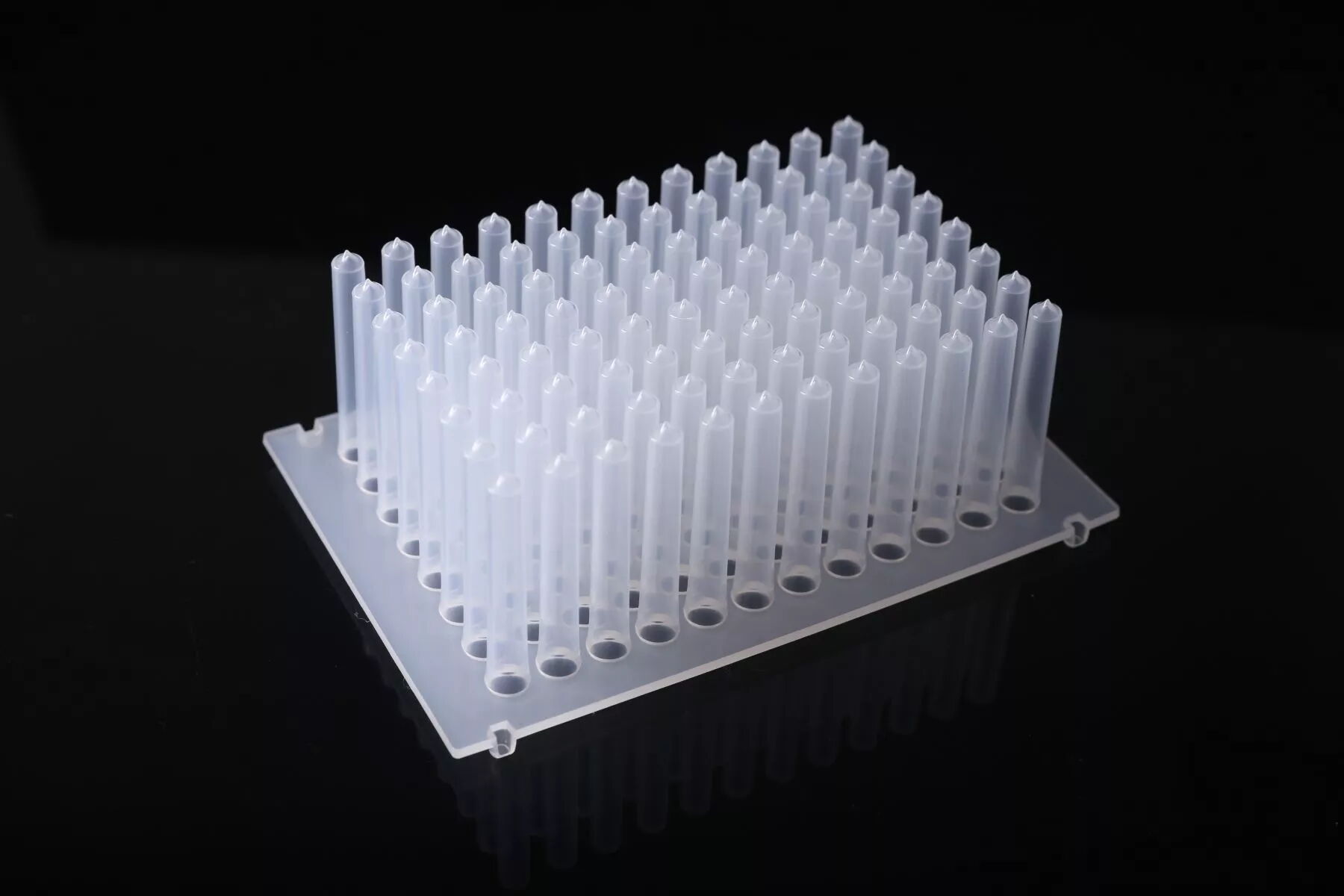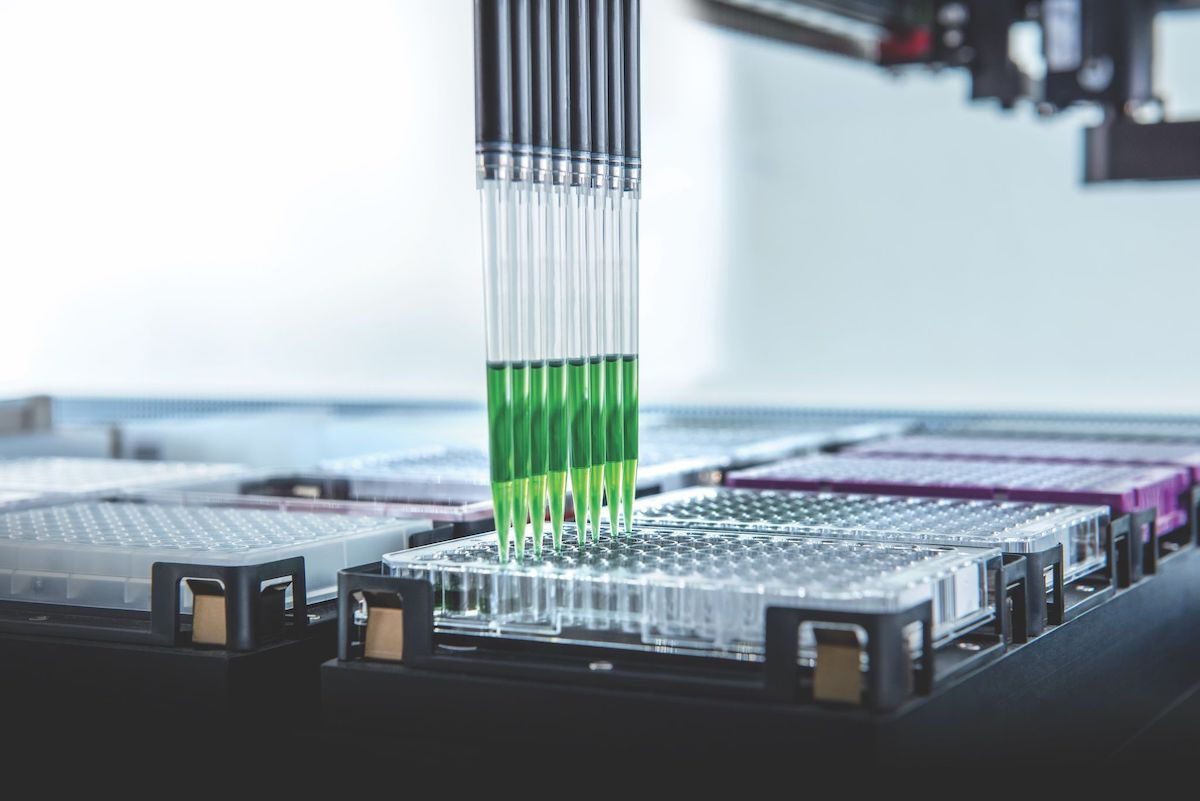How to Prevent Contamination in Pipetting Operation
Jan 11, 2024
In pipetting operations, ensuring reliable results is paramount, and preventing contamination is crucial. Identifying potential contamination mechanisms is essential for developing targeted solutions.
Aerosols, consisting of suspended solid or liquid particles in the air, pose a significant contamination risk during pipetting operations, particularly when using positive pressure pipettors based on air displacement principles. Aerosols are a critical source of contamination in such operations.
When using non-filtered pipette tips, aerosols may transfer into the pipettor, leading to subsequent sample contamination. Gentle and careful pipetting techniques can help minimize aerosol formation. This article discusses three types of contamination in pipetting operations and methods to avoid them: pipettor contaminating samples, samples contaminating pipettors, and samples contaminating other samples.

Pipettor Contaminating Samples
Contamination of samples occurs when a contaminated pipettor or pipette tip introduces impurities into the sample. Pipette tips from most manufacturers are available in different purity levels:
- No purity certification
- Certification indicating the absence of contaminants such as DNA enzymes, RNA enzymes, and endotoxins
- Sterilized, free from microorganisms
Contaminants like DNA enzymes, RNA enzymes, and endotoxins are challenging to remove through sterilization methods. Preventing contamination during manufacturing is crucial, and third-party laboratories often conduct independent tests to confirm the absence of these contaminants. Post-manufacturing sterilization ensures that the pipette tips are free from microorganisms (bacteria, viruses, etc.) upon delivery.
Pipette tips can also be potential sources of leachables (trace amounts of chemicals originating from materials or processing equipment), including heavy metals, UV stabilizers, antioxidants, dyes, release agents, biocides, and surfactants. High-quality tips made of 100% pure polypropylene, manufactured in state-of-the-art facilities, are free from leachables.
To avoid contamination during everyday laboratory work, consider the following simple guidelines:
- Choose tip purity levels based on the application.
- Use (pre-sterilized) filtered tips or positive displacement tips.
- For certain pipettor manufacturers, consider using safety cone filters to prevent aerosols from entering the pipettor and contaminating subsequent samples.
- Replace pipette tips after each sample operation.
- Periodically perform high-pressure sterilization or disinfection on pipettors or components that may come into contact with samples.
Samples Contaminating Pipettors
This contamination type occurs when liquid or aerosol particles from the transferred liquid or sample aerosols enter the pipettor.
To minimize the risk of sample contamination of pipettors, consider the following preventative measures:
- Release the pipettor button slowly to prevent the formation of aerosols and uncontrolled liquid splashing inside the pipettor tip.
- Keep the pipettor vertical during pipetting and store it vertically to prevent liquid from entering the pipettor.
- Use filtered tips or positive displacement tips to prevent aerosols from entering the pipettor during sample transfer. Alternatively, employ safety cone filters on pipette tips.
Samples Contaminating Other Samples
Contamination can occur when aerosols or residual liquid from one sample are transferred to the next sample, especially when using the same pipette tip repeatedly.
To avoid sample-to-sample contamination, adhere to the following practices:
- Use filtered tips or positive displacement tips to prevent aerosols from entering the pipettor during sample transfer. Alternatively, utilize safety cone filters on pipette tips.
- Replace pipette tips after each sample operation to minimize the risk of carryover contamination.
- If there is suspicion of pipette contamination, follow the manufacturer's instructions for high-pressure sterilization or disinfection.
In conclusion, preventing contamination in pipetting operations requires careful consideration of the pipette tips, pipettors, and sample handling techniques. By implementing appropriate measures, laboratories can ensure the reliability and accuracy of their results while maintaining a contamination-free environment.
Previous: Why Choose a Pipette with a Capacity Close to the Target Volume?
Next: Specific Operations and Considerations When Using Pipette Tip Boxes



